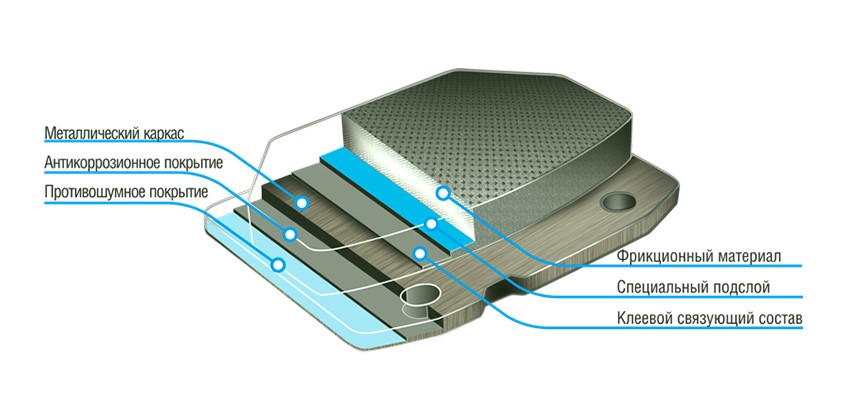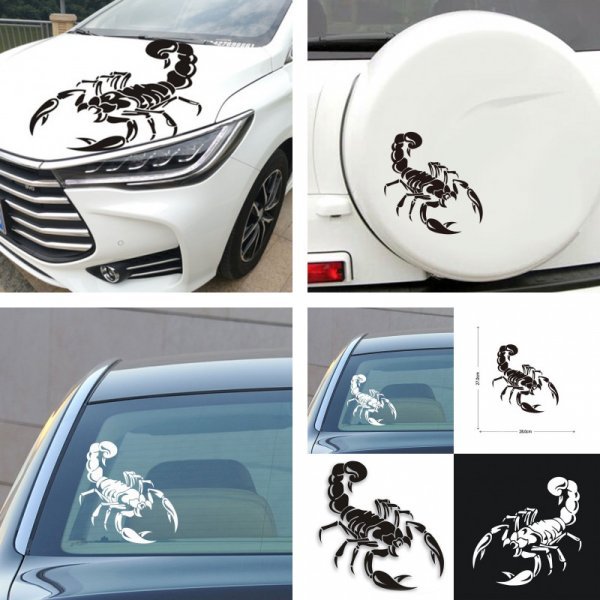
What are brake pads made of?
Brake pads are an important part of your vehicle's braking system. Every time you press the brake pedal, this force is transmitted through the hydraulic system to the caliper. This caliper, in turn, presses the brake pad against ...
Brake pads are an important part of your vehicle's braking system. Every time you press the brake pedal, this force is transmitted through the hydraulic system to the caliper. This caliper, in turn, presses the brake pad against the car's brake discs, which are flat discs on wheels. The pressure and friction created in this way slows down your car or stops it completely. Brake pads are made from different materials and because they absorb heat and energy during braking, they wear out a lot. Therefore, they need to be changed from time to time. When choosing brake pads for your vehicle, you should consider the type of vehicle you have and the conditions in which you normally drive.
Brake pads are made from semi-metallic, organic, or ceramic materials, and each has its own unique advantages and disadvantages that need to be considered.
Most cars and other vehicles use semi-metallic brake pads. These brake pads are made up of metal shavings of copper, steel, graphite and brass bonded with resin. They are best suited for cars that are used for everyday driving. Heavy-duty vehicles such as trucks that carry loads and need high braking power also use semi-metallic brake pads. Manufacturers of semi-metallic brake pads use different formulations to create them, and the newest ones on the market are efficient and quieter.
Semi-metallic brake pads perform well, last longer, and are stronger because they are made primarily of metal.
These brake pads are economical.
Semi-metallic brake pads tend to be heavier than other types and may have little effect on a vehicle's fuel economy.
As the brake pads rub against other components in the brake system, they also wear them out.
Over time, as the brake pads wear a little, they can make grinding or creaking sounds as they create friction.
Semi-metallic brake pads work best when they are warm. So in colder climates they need time to warm up and when you brake you may find a slight delay in the car's response.
You can choose brake pads with ceramic components combined with metals. This can give you the benefits of ceramic brake pads, but at more economical prices.
Organic brake pads
Organic brake pads are made up of non-metallic components such as glass, rubber, and Kevlar bonded with resin. They are softer and perform better in high temperature environments because the heat binds the components together even more. Organic brake pads used to have asbestos components, but users have found that when braking, friction results in the formation of asbestos dust, which is very dangerous to breathe. This is why manufacturers have phased out this material, and the latest organic brake pads are often also referred to as asbestos-free organic brake pads.
Organic brake pads are generally quieter even after extended use.
These brake pads are not very durable and need to be replaced earlier. They also create more dust.
Organic brake pads are eco-friendly and do not harm the environment when degraded. Their dust is also not harmful.
These brake pads do not perform as well as semi-metallic brake pads and are therefore better suited for light vehicles and light driving conditions where there is no excessive braking.
Ceramic brake pads
Ceramic brake pads are made up primarily of ceramic fibers and other fillers bonded together. They may also have copper fibers. These brake pads work very well in high performance vehicles and race cars that generate high levels of heat when braking.
Ceramic brake pads tend to be very expensive and therefore not suitable for normal driving.
These brake pads are very durable and break very slowly. Therefore, they do not need to be changed frequently.
The ceramic composition of the brake pads makes them extremely light and generates less dust during friction.
Ceramic brake pads perform very well under heavy braking and can dissipate heat quickly.
Signs of the need to replace brake pads
Manufacturers put a small piece of soft metal into the brake shoe. As soon as the brake pad wears to a certain level, the metal begins to rub against the brake disc. If you hear a squeal every time you brake, this is a sign that the brake pad needs to be replaced.
High-end cars include an electronic monitoring system. This system sends a warning through an electronic circuit that turns on a warning light on the dashboard. This is how you know it's time to replace your brake pads.

